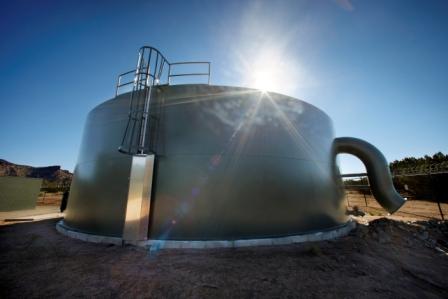Surface water is renewable. It will allow major reductions in groundwater pumping, thereby reserving the aquifer for use in times of drought, rather than for our daily supplies. This surface water provides a much more sustainable, renewable and drought-resistant water supply for the entire Santa Fe community. It also fills a water supply gap identified in the Jemez y Sangre Regional Water Plan, which was completed during the severe droughts of 2000 and 2002 and updated in 2007.

The reduced amount of groundwater pumping will allow the aquifer to rest and refill. The aquifer is most valuable if we reserve it for use in times of drought, and reduce our use during normal times to assure it will be available for our children, and their children. Reduced groundwater pumping also protects the surface water supplies in La Cienega Springs and in the Tesuque, Nambe, and Pojoaque rios. Until now, we have depended on the limited water from rain and snow runoff stored in the Santa Fe River reservoirs and groundwater pumped from the two regional aquifers. Even in the best of years, the Upper Canyon Santa Fe River reservoirs can only supply about half of the water our region needs. In very dry years, the reservoirs cannot supply much water at all. The remaining water demand was covered by ground water, which we have been pumping at rates beyond the sustainable limits of the aquifers. By using our water from the Rio Grande, groundwater pumping will be dramatically reduced, thus allowing the aquifers to rest and recover.

